Sudan
Over 1,200 Sudanese refugees under the age of five have died in nine camps between 15 May and 14 September, with most deaths linked to suspected measles and underlying malnutrition.
The Um Sangour camp in Kosti, in the country's south, welcomes thousands of refugees.
The conflict in Sudan which has entered a fifth month has overwhelmed health facilities in the nation due to shortages of staff, lifesaving medicine and critical equipment.
"For 70,000 people in this camp we are expected to have seven prime health care facilities. We only have one at the moment. Therefore, additional funding is required to increase the number of required health facilities in this refugee camp. Not only in this refugee camp but the whole White Nile operation."
As he speaks, countless women and children are queueing to see doctors.
Lack of water, electricity, funds
The UN children's agency spokesman said Tuesday (Sep. 19), the institution received just a quarter of the $838 million (784 million euros) it had requested to help 10 million children in Sudan.
Health conditions in the country remain extremely dire with reports of high malnutrition, disease outbreaks and shortages of medicines, electricity and water which is an utmost concern on the ground.
"Lack of water will have a camp being exposed to risks and to diseases," Anas Abo Khalaf, a Water, sanitation and hygiene (WASH) officer working with the UNHCR said.
"The need of water to perform the minimum hygiene activities on a personal level on a household level cannot be ignored cannot be avoided and is a must to be provided. If you want minimum the health risks that any community will be facing the first defence you should focus on is the hygiene and the personal hygiene."
UNICEF alerted many thousands of newborns could die between now and the end of the year given the dire health care situation.
Over 5.3 million people have been newly displaced by the ongoing conflict including over one million forced to flee to neighbouring countries.
Neighbouring countries
As of September 6, South Sudan housed over 25,0000 Sudanese refugees/asylum seekers. Major causes of death among returnee and refugee arrivals remain measles and malnutrition. Alarmingly, approximately 88% of fatalities have occurred among children under 5 years of age. In the camp of Renk (Northern South Sudan) alone, a measles outbreak has left 59 children dead.
Malaria cases are also on the rise accounting for 40% of all medical consultations in Renk.
As of September 12, 418,126 Sudanese refugees had been registered by UNHCR, according to figures from the UNHCR Health and Nutrition Update (September 2023 issue).
93% of them are women and children, and 22% are children under five years.
176,019 individuals have been so far relocated in seven old camps and four new refugee camps. Screening has shown low immunity of children (60% of zero dose) and high proxy global acute malnutrition rate (> 20%).
In Ethiopia, which is another neighbour to Sudan, a cholera outbreak was declared in the town of Metema of August 24. Sudanese, Eritrean and other refugees have been arriving from Sudan and have found refuge in Metema (north-west Ethiopia). As of 5 September, 435 cases including eight deaths were reported.
The Amhara Regional Health Bureau (RHB) is leading the cholera response the United Nations High Commissioner for Refugees said with UNHCR and the government’s Refugee and Returnee Service (RRS) part of the coordination/outbreak control team.
If the case fatality rate reduced from 2.3% to 1.8%, it remains high at double the standard of below 1%.




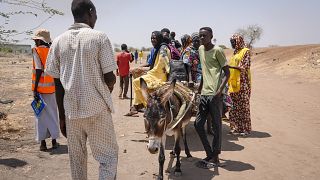

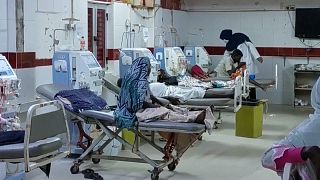
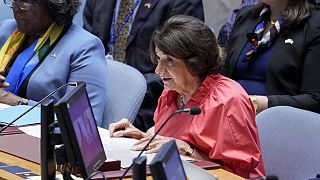
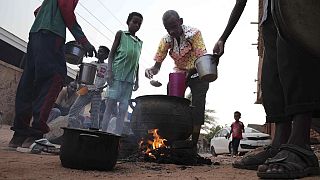
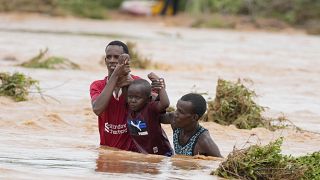


01:25
UN calls for de-escalation as fighting intensifies for control of North Darfur state capital
01:15
Africa: About 51 million lives saved through immunization programme - WHO
01:38
Sexual violence in conflict increased by 50% in 2023, says UN
01:33
Haiti: Health system near collapse as medicine dwindles and gangs attack hospitals
Go to video
South Africa ; Gauteng Health raises concerns about rising food poisoning incidents
01:02
Pics of the day: April 15, 2024